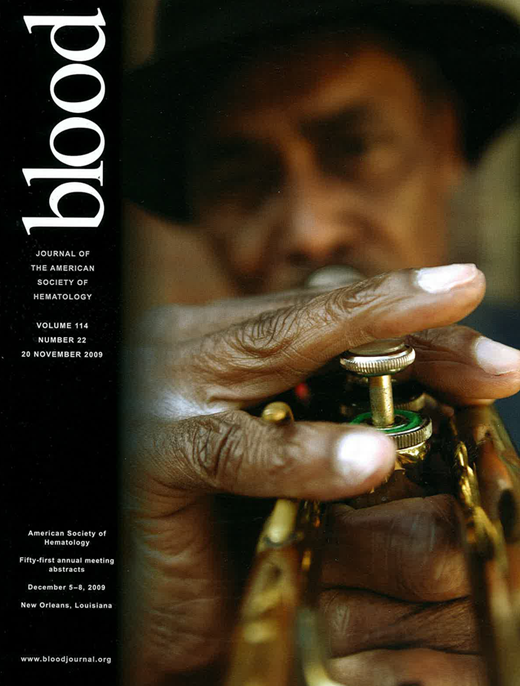Abstract
Abstract 4881
The Korean Multiple Myeloma Working Party (KMMWP) initiated a nationwide registration of myeloma patients via a web page designated the “Korean Myeloma Registry.” This registry includes demographic features, characteristics of disease, treatment outcomes, and survival status. Herein, we retrospectively reviewed data representing 3,209 Korean myeloma patients.
Members of the registry committee of the KMMWP designed the web-based registration site for the “Korean Myeloma Registry (www.myeloma.or.kr).” A total of 3,209 patients were registered from 39 hospitals. Each one of participated hospitals registered their patients who were diagnosed as MM between the years 1999 and 2009. The approximate duration of registration was from May 2005 until March 2009; following collection, the data was downloaded for analysis.
The median age at diagnosis was 64 years (range, 20 – 93 years) with 84 patients ' 40 years of age; this included three patients < 30 years of age (ages 20, 28, and 29 years old). Poor performance status (ECOG grade 2-3), anemia (Hgb < 10 g/dL), hypoalbuminemia (< 3.5 g/dL), and elevated serum β2 microglobulin (> 5.5 mg/dL) were more frequently observed in the > 65 years of age group than in the groups '65 years of age. Thus, an advanced ISS stage was more common in patients older than 65 years. The most common idiotype of myeloma was IgG (46.0%, 1475/3209), followed by IgA type (18.6%). Non-secretory myeloma accounted for 4.4% of cases, with IgD, IgM, and IgE subtypes being very rare. However, patients ' 40 years of age demonstrated a tendency toward a higher incidence of the IgD type (7.1%, 6/84) and light chain disease (22.6%, 19/84) compared to the other age groups. Other characteristics, including the presence of extramedullary plasmacytoma, demonstrated a similar pattern among the groups. Chromosomal studies of bone marrow aspirates were performed in 1,943 patients with 499 patients (25.7%) demonstrating abnormalities. In 60.9% of patients (1,954/3,209), an objective response to induction treatment included complete response (CR), partial response (PR), and minimal response (MR) (Table 4); 463 patients demonstrated progressive disease (PD) during induction treatment. Response could not be evaluated in 300 patients (9.3%) due to early drop out, including follow-up loss and early death. Eight hundred four patients (25.1%) received SCT. The majority of patients (23.1%, 741 patients) received autologous SCT within one year of diagnosis; designated as “early transplantation.” Autologous SCT was performed in those patients who achieved an objective response following induction treatment. Sixty three patients (2.0%) underwent autologous SCT after relapse; designated as “delayed transplantation.” Five hundred eighty patients received single autologous SCT. Tandem autologous SCT was performed in 134 patients. Allogeneic SCT was performed for 63 patients following autologous SCT. The median OS was 50.13 months (95% confidence interval (CI) of 46.20 – 54.06 months). When OS was compared according to age strata, patients '40 years of age demonstrated a prolonged OS (median OS of 71.13 months) compared with patients > 65 years of age (median OS of 36.73 months, P < 0.001). When we compared the survival of patients who received novel agents such as bortezomib or thalidomide at any time during the course of their treatments with patients who did not receive novel agents, there was a significant difference of OS between two groups (median OS 42.23 versus 55.50 months, P < 0.001). Tandem autologous SCT produced a superior OS when compared with single autologous SCT. Furthermore, patients who underwent delayed SCT demonstrated a longer OS compared with early SCT (P = 0.017). Multivariate analysis found that age > 65 years, poor performance status, platelet count < 100,000/μL, serum albumin < 3.5 g/dL, serum creatinine ≥ 2.0 mg/dL, serum β2 microglobulin ≥ 3.5 mg/dL, the presence of extramedullary plasmacytoma, and the presence of chromosomal abnormalities were all found to be independent prognostic factors for OS.
In this study, we demonstrate improved survival of patients with multiple myeloma after the introduction of novel agents and autologous stem cell transplantation.
No relevant conflicts of interest to declare.
Author notes
Asterisk with author names denotes non-ASH members.

